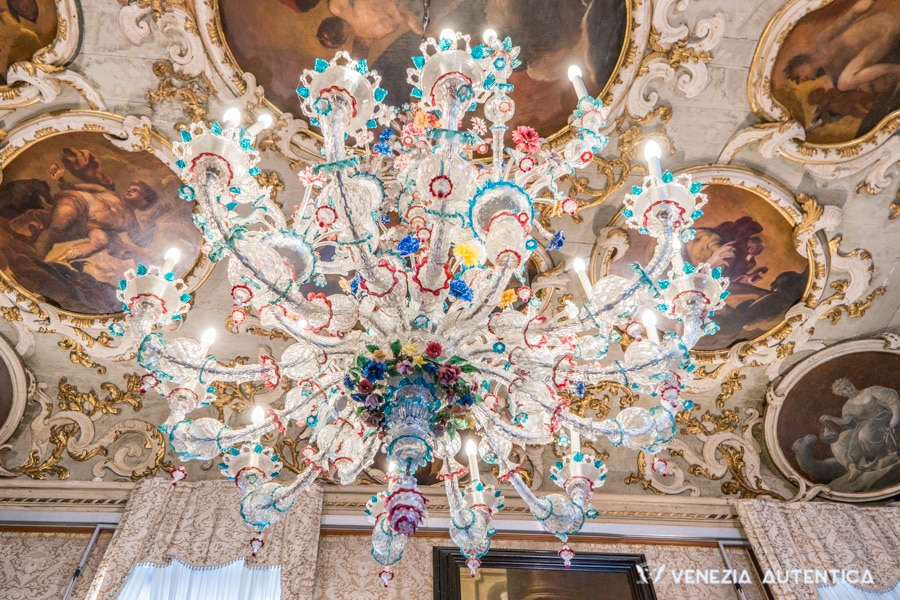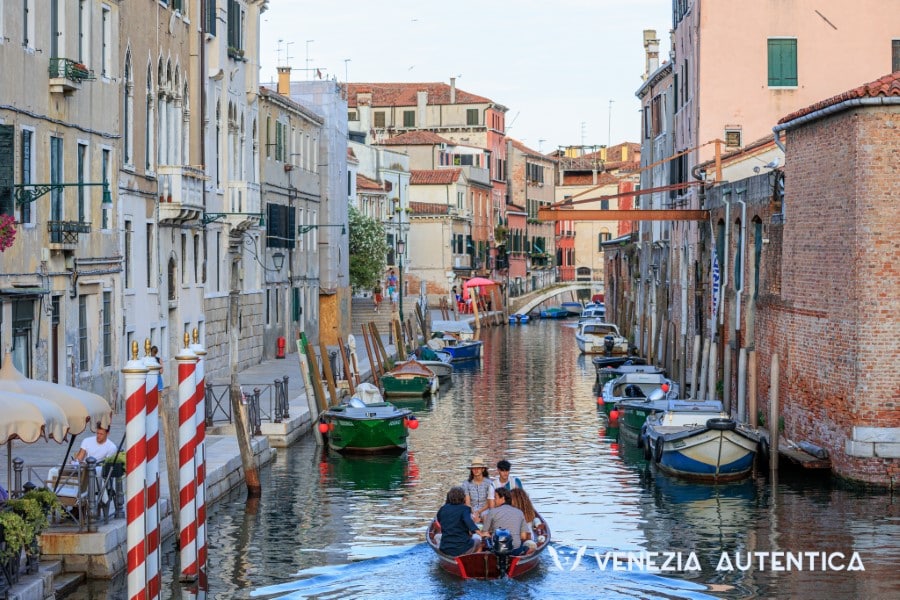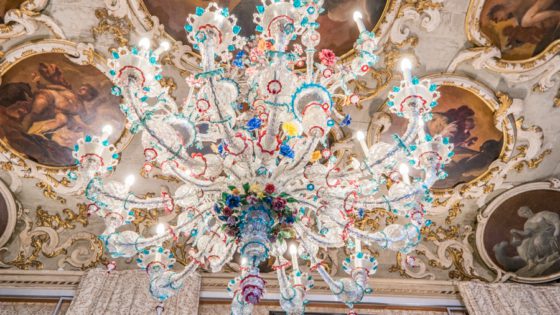What is the Festa della Salute?
The “Festa della Madonna della Salute”, or Virgin Mary of Health, is a holiday instituted in 1630 and celebrated solemnly until the end of the Venetian Republic in 1796.
It takes place every year on the 21st of November, and it is celebrated in Venice and some other cities that were part of the Venetian Republic.
The “Festa della Salute” commemorates the end of a dreadful epidemic of plague in Venice, which caused the death of about 1/3rd of the Venetian population.

The Black Death and the origins of the Festa della Salute
In 1630, in Italy, many cities started being struck by an epidemic of the Bubonic Plague, or Black Death.
One of those cities, Mantova, was at the centre of a war between France, Venice and the Sacred Roman Empire.
The ambassadors of Mantova, who wanted to join the Venetian Republic, came to Venice to ask to support their efforts and were in desperate need now that the plague had spread in their city.
Venice, who had been spared from the Black Death until then, and intended for things to stay this way, accepted to meet the ambassadors on a Lazaret on the island of Santa Maria di Nazareth.
The Lazaret had been built in 1423 and it was the first place in the world created to host people who had contracted contagious illnesses and to isolate them from the rest of the population.
Unfortunately, these measures didn’t spare Venice since some workers got infected and brought the Plague right into the city.
An unfair fight against the Black Death and a miracle
The Bubonic Plague struck very hard, and within a few weeks, every place in the city was contaminated.
The Serenissima, which had always been very serious about health care and prevention of diseases, as testified by the creation of the first lazaret, applied very severe measures to prevent further spreading.
Public places were disinfected, areas were infection occurred were isolate, lazarets’ rules were made stricter, and bodies were buried with quicklime.
All of this, in vain.

At the peak of the epidemic, hopeless and without any working remedy to the Black Plague, the Serenissima organized a procession for Virgin Mary’s protection. After 3 days and 3 nights of prayers to which the whole population took part, on the 22nd of October 1630, the Doge Nicolò Contarini vowed he would build a majestic church dedicated to the Virgin Mary if the city would be spared. Few weeks after the religious procession, the epidemic abruptly slowed down and by November 1631, it was completely gone.
Construction of the Basilica della Salute
The damage on the local population was gigantic: in less than 2 years, 47.000 people died, almost one-third of all the Venetians.
As promised, The Republic of Venice started to plan the building of the Church. A contest to select the best project for the new temple was organized as soon as the spreading of the plague slowed down, and La Salute started being built before the illness was even completely gone. It immediately became a place of pilgrimage, the first of which took place on the 28th of November 1631, immediately after the end of the Black Plague, therefore much before completion of the works.
The selected project, designed by Baldassare Longhena, is a spacious baroque church, with an octagonal shape, surmounted by a big dome that recalls those of the San Marco Basilica. Started in 1631, the church was sacred on the 21st of November 1687. On the main altar in the Basilica di Santa Maria della Salute, you can see beautifully sculpted marble figures, with Virgin Mary holding Jesus and casting her holy protection over another woman: Venice!

Celebrating the return of health: the thanksgiving to Madonna della Salute
Since the church was sacred on the 21st of November, the Thanksgiving pilgrimage takes place on this very same day every year. Thousands of believers and nonbelievers walk through the city, cross a pontoon-bridge that crosses the Grand Canal from Santa Maria del Giglio, and march towards the Church. Once there, people pray and light up a candle for the Virgin Mary. It’s a very appreciated and dear feast to the Venetian inhabitants, who feel a sense of community and share special food on the same day.
The most iconic dish is called the ‘Castradina‘, and is based on mouton meat, the only meat which could be found at the time of the plague. It’s eaten on the 21st of November as a remembrance of the support and loyalty of the people from Dalmatia, who were the only ones providing Venice with food during its long period of isolation, due to the plague.
Importance of the ``Festa della Salute`` in contemporary Venice
Every Italian city has the right to chose one day for the official city holiday. While the 25th of April is the day of the Venice Patron, it is also the Italian Liberation Day, which celebrates the victory of the Italian partisans over fascism and the occupation.
For this reason, the city was allowed to chose an alternative day for celebrations. Venice and the Venetians chose the 21st of November, the day of the “Festa della Madonna della Salute”, for their official holiday, a fact which underlies the importance of this tradition and symbol for the city.
I'm visiting Venice. Why should I follow your recommendations?
The way you visit Venice has an impact both on the quality of your experience and on Venice itself. Chilling, exploring, shopping, eating and drinking where the locals do, can make a huge impact both on the memories you bring home and on the local economy and community.
Home >> Venice and Venetians >> Venice Explained >> You’re Here
Facts, Curiosities, History of Venice, Italy
More about life in Venice, Italy





![Everything about the amazing Grand Canal in Venice, Italy [ARTICLE + 360° VIDEO] - Venezia Autentica | Discover and Support the Authentic Venice Grand Canal in Venice](https://veneziaautentica.com/wp-content/uploads/2016/10/Grand-Canal-Venice-560x315.jpg)
![Saint Mark's in Venice: introduction to its amazing Landmarks [Article + 360° VIDEO] - Venezia Autentica | Discover and Support the Authentic Venice Area Marciana, or Saint Mark's Area, in Venice, Italy](https://veneziaautentica.com/wp-content/uploads/2016/11/SAM1911-560x315.jpg)